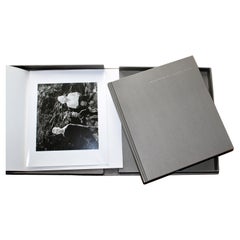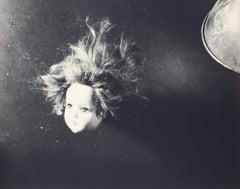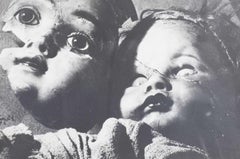Ralph Eugene MeatyardRomance of Ambrose Bierce #3 [Romance (N.) from Ambrose Bierce #3]1964/1974
1964/1974
About the Item
- Creator:Ralph Eugene Meatyard (1925 - 1972, American)
- Creation Year:1964/1974
- Dimensions:Height: 15 in (38.1 cm)Width: 12 in (30.48 cm)
- Medium:
- Movement & Style:
- Period:
- Condition:
- Gallery Location:New York, NY
- Reference Number:1stDibs: LU93233009461
Ralph Eugene Meatyard
Ralph Eugene Meatyard was a self-described ‘dedicated amateur’ photographer. He pursued his own vision to produce an exquisitely enigmatic, widely admired body of work. Meatyard began taking photographs in 1950, roaming the backwoods and towns in Kentucky, experimenting with framing, multiple exposures and blurring to produce haunting, abstracted images of natural and manmade environments. In the late 1950s, he began incorporating monstrous, oversized latex masks and hands into his photographs, in addition to plastic dolls. His family and friends were the protagonists in his carefully composed scenes. For Meatyard, who was inspired by literature, Zen Buddhism and jazz, the masks served to equalize his subjects and shift focus elsewhere—to the poignant juxtaposition of otherworldly faces on human bodies, to the ambiguous and unknowable in human nature.
- ShippingRetrieving quote...Shipping from: New York, NY
- Return Policy
More From This Seller
View All1970s American Modern Portrait Photography
Silver Gelatin
Late 20th Century American Modern Portrait Photography
Silver Gelatin
Late 20th Century Post-Modern Landscape Photography
Silver Gelatin
Late 20th Century American Modern Portrait Photography
Silver Gelatin
Late 20th Century American Modern Portrait Photography
Silver Gelatin
Late 20th Century American Modern Figurative Photography
Silver Gelatin
You May Also Like
21st Century and Contemporary American Expressionist Photography
Paper
Early 20th Century Black and White Photography
Silver Gelatin
Early 20th Century Black and White Photography
Silver Gelatin
1970s Surrealist Black and White Photography
Silver Gelatin
Late 20th Century Conceptual Black and White Photography
Silver Gelatin
Mid-20th Century American Mid-Century Modern Photography
Paper
Read More
Lori Grinker’s Artful Photographs of a Young Mike Tyson Are a Knockout!
The New York photographer tells us how an encounter with the then-13-year-old boxer led to a decade-long project that saw them both go pro.
In Marc Yankus’s Photos, New York Landmarks Are Pristinely Devoid of People
A new exhibition at Manhattan's ClampArt gallery shows off the artist's portraits of urban architectural icons.
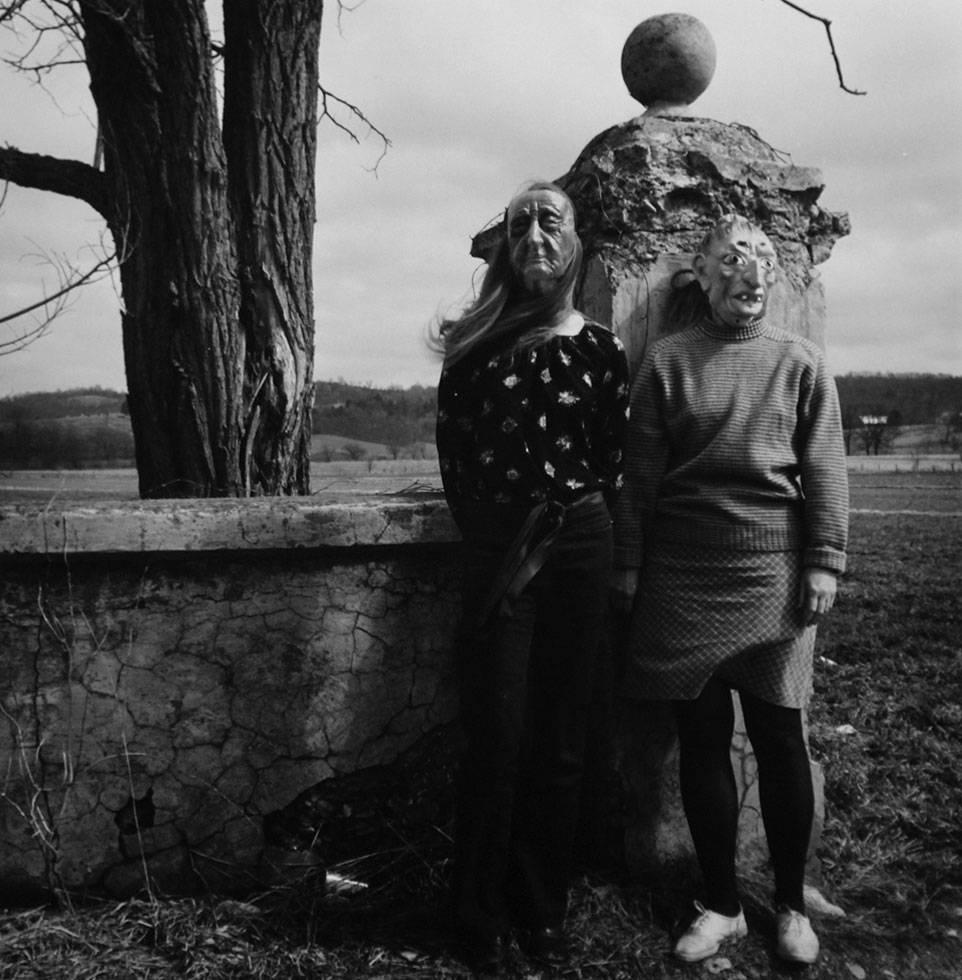
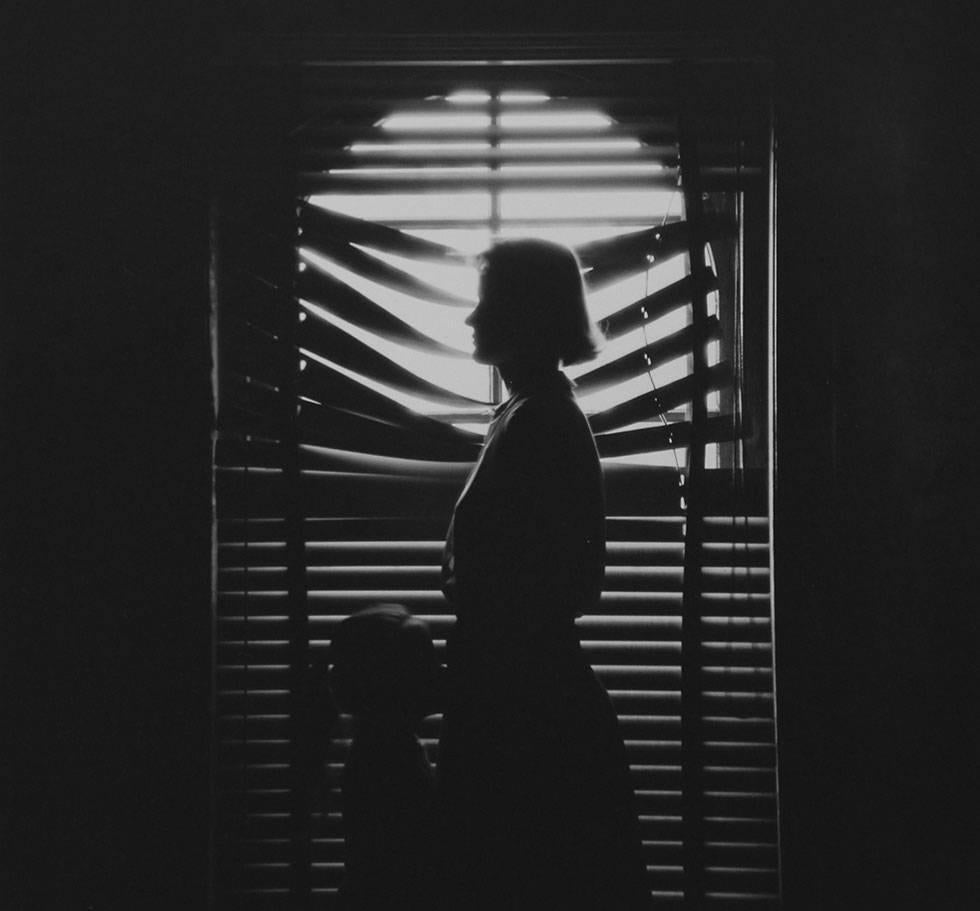

![Untitled (Boy Making Gesture) [Michael and Christopher]](https://a.1stdibscdn.com/ralph-eugene-meatyard-photography-untitled-boy-making-gesture-michael-and-christopher-for-sale/a_9323/a_131894721696437982830/Meatyard_Untitled_boymakinggesture__master.jpg)
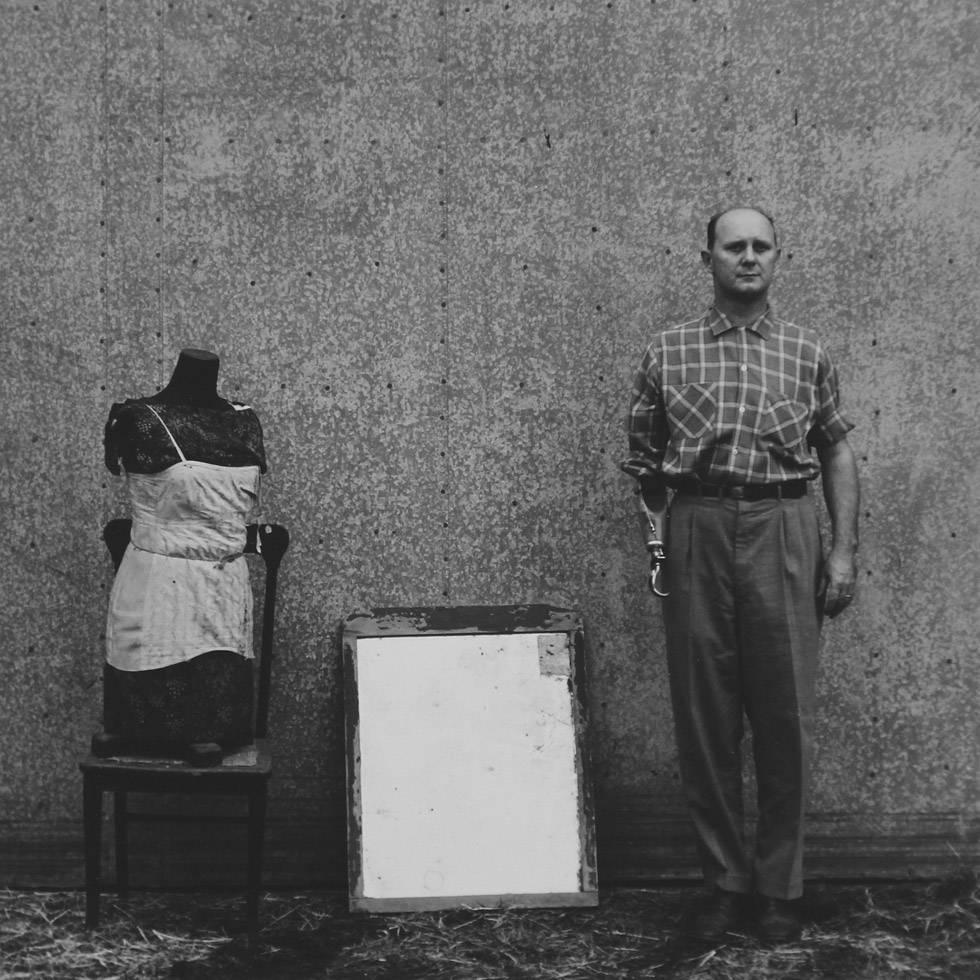
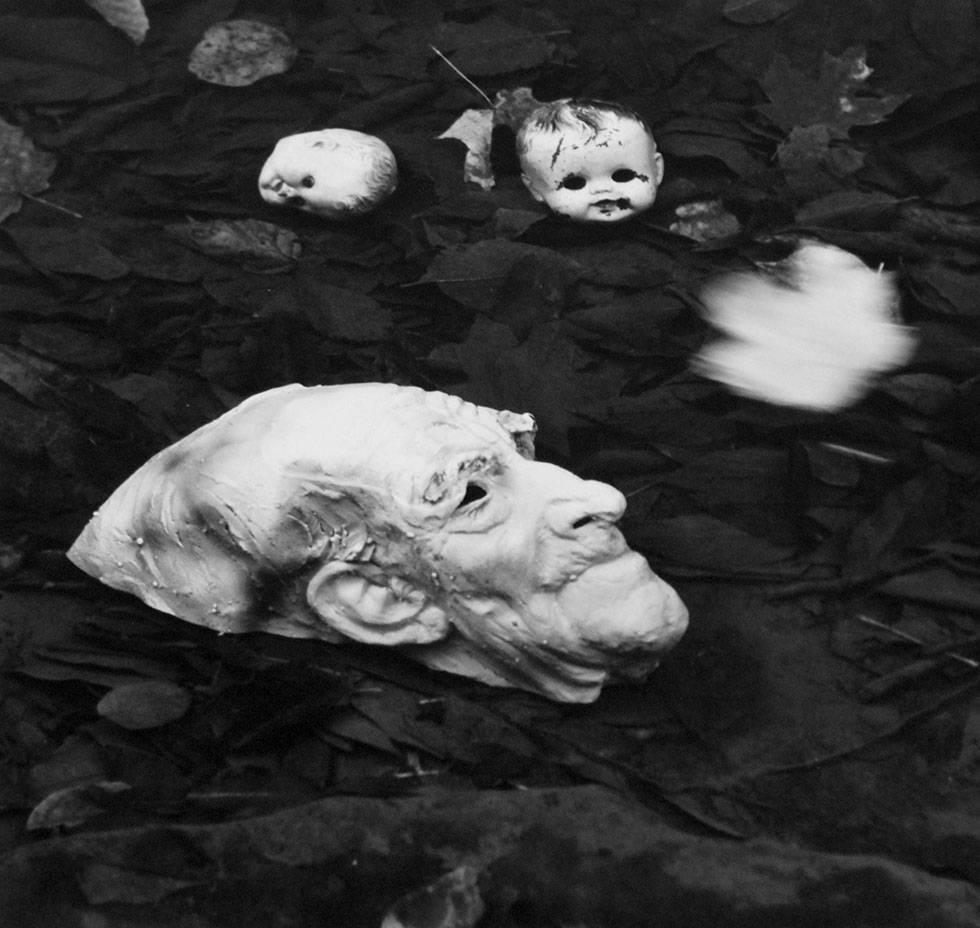
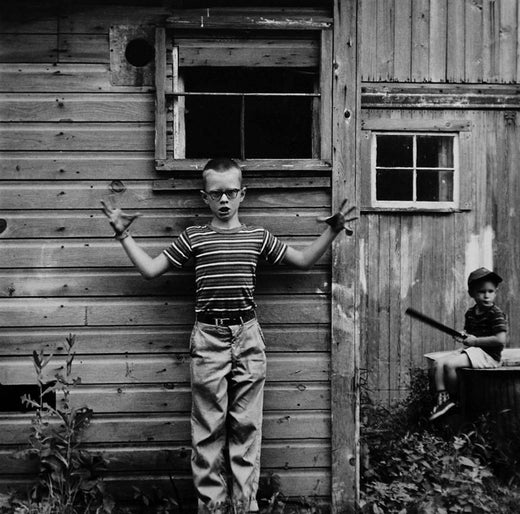
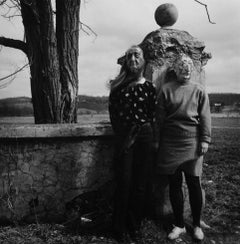
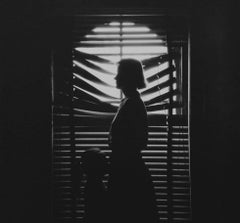
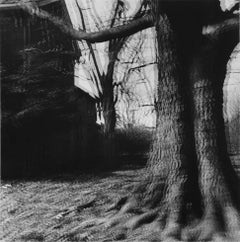
![Untitled (Boy Making Gesture) [Michael and Christopher]](https://a.1stdibscdn.com/ralph-eugene-meatyard-photography-untitled-boy-making-gesture-michael-and-christopher-for-sale/a_9323/a_131894721696437982830/Meatyard_Untitled_boymakinggesture__master.jpg?width=240)
